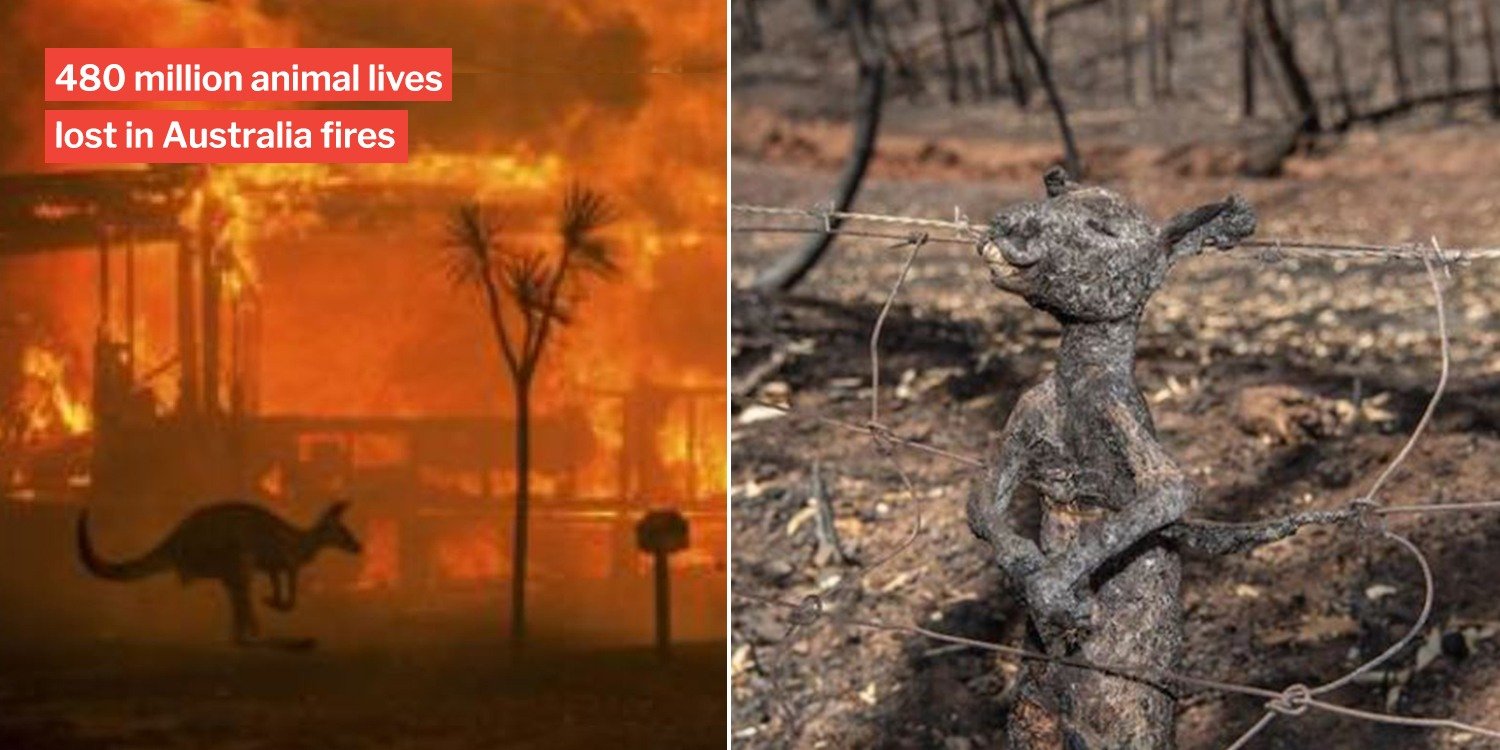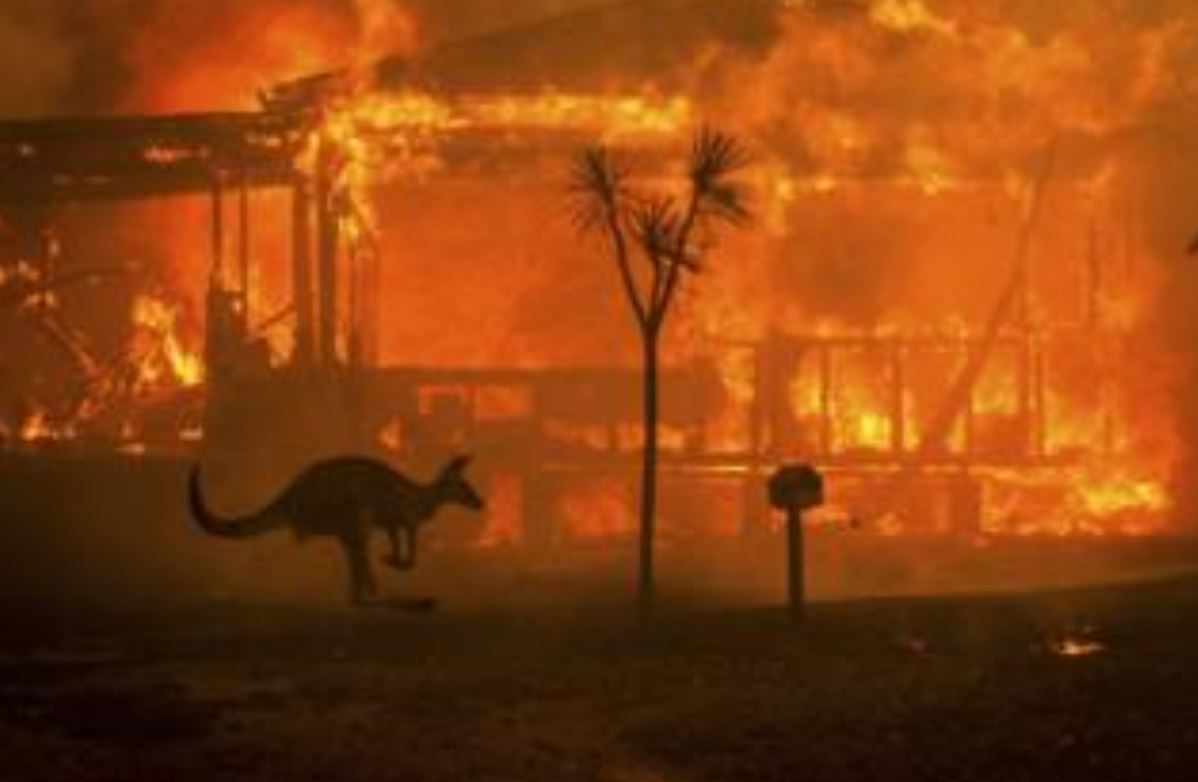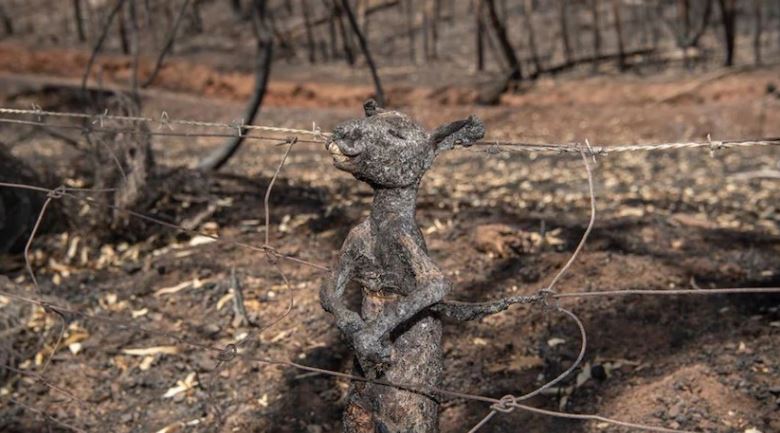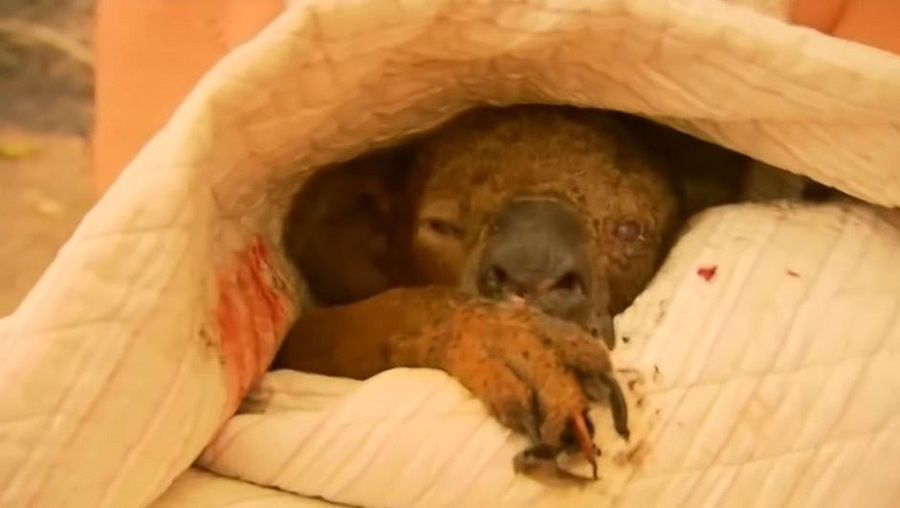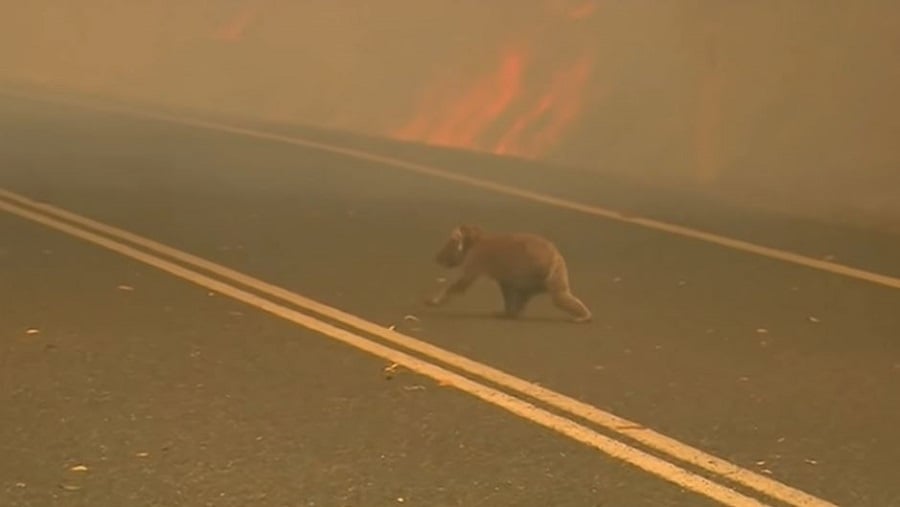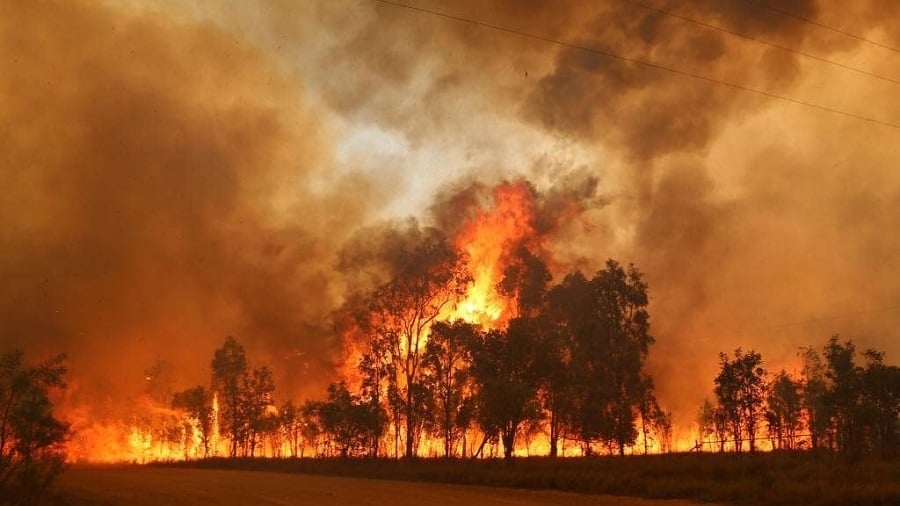Australia’s Ongoing Bush Fires Worsen As Temperatures Soar Past 46°C
On Saturday (4 Jan), temperatures at Australia’s hardest hit regions by destructive bush fires soared to a high of 46°C — worsening the ongoing fight to preserve wildlife & homes amidst raging flames.
Now, the University of Sydney estimates that 480 million animals – including reptiles, birds & mammals – have lost their lives to the wildfires since Sep 2019.
12 million acres of scorched land later, it may shock you that Australia’s wildfire season hasn’t even reached its peak yet.
As our neighbours fight to contain the blaze, here’s how you can play a part to conserve entire species & help rebuild homes lost in the fires.
Do note that the following images may be disturbing to some.
Raging wildfires since Sep due to high temperatures
Towns skirting Australia’s east coast like New South Wales and Victoria have fallen victim to wildfires since September last year.
Nightmarish scenes of the flames saw farmers fleeing their compounds only to return to the burnt carcasses of their animals.
Charred bodies of helpless forest-dwelling animals like koalas and herds of kangaroos were found by volunteers — along with reports of “cockatoos falling dead out of trees”.
Authorities estimate that up to 480 million animal lives have already been lost since the fires began 4 months ago.
Australia’s worst wildfires in recorded history
You may recall the recent case of Lewis the koala – famously rescued by a brave woman from a bushfire – who was put down after vets determined he could not heal from his severe burn injuries.
Slow-moving koalas are an example of an animal species hardest hit by the extreme fires.
Koalas also rely on eucalyptus trees for sustenance, but these trees contain greater amounts of oil than average plants — making them “highly flammable”.
About 8,000 koalas have fallen prey to the fires thus far, eliminating close to 1/3 of New South Wales’ north coast koala population.
We may never know the scale of the damage as ongoing fires remove all traces of the bodies.
Australians rally together as disaster strikes
Humans haven’t been spared from the effects of the fires either. Thousands of residents have fled the blazes after their homes were torched in the scorching 46.6°C weather.
Some even sought refuge by the ocean, leaving their destroyed abodes behind while seeking sanctuary from the flames.
Thankfully, businesses have opened their establishments to offer evacuees shelter and food — even as towns run out of fuel, water & necessities.
Media reports have estimated at least 4,000 people airlifted out of Mallacoota, Victoria’s beach via helicopters so far.
How can we help in Singapore?
If you wish to contribute to wildlife rescue efforts or assist refugees of the fire, you can check out this list of verified charities:
Fire Evacuees
Animal Rescue
As the situation is ongoing, any efforts or small contributions will definitely go a long way in helping to restore these communities & displaced animals.
With more than 100 active blazes, and January weather forecasts for Australia predicting strong winds & temperatures exceeding 46°C, they’ll definitely need all the help they can get.
Featured image adapted from BBC & 7News.
